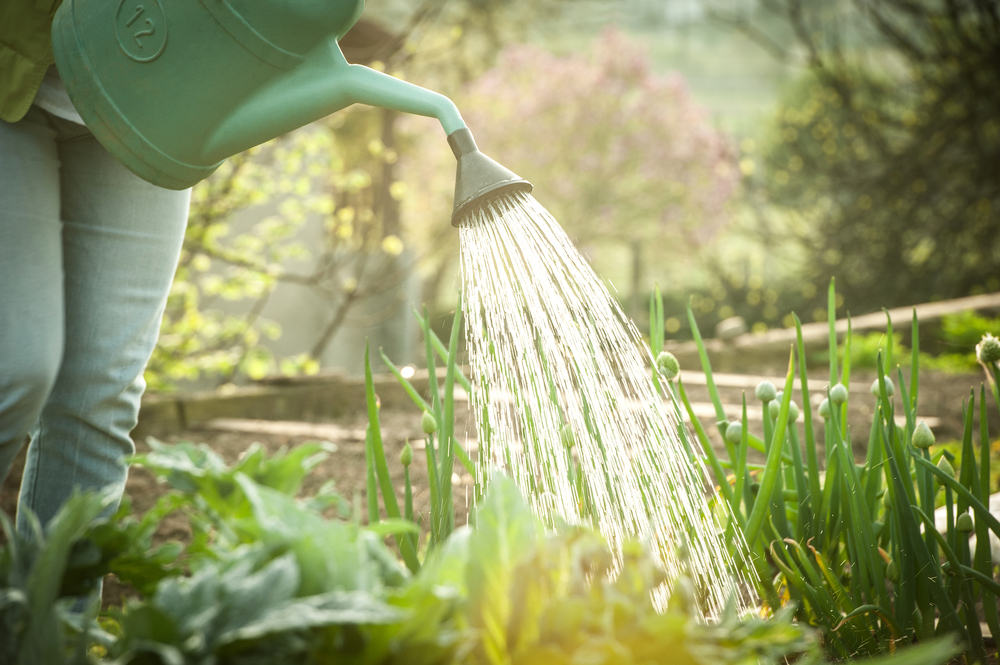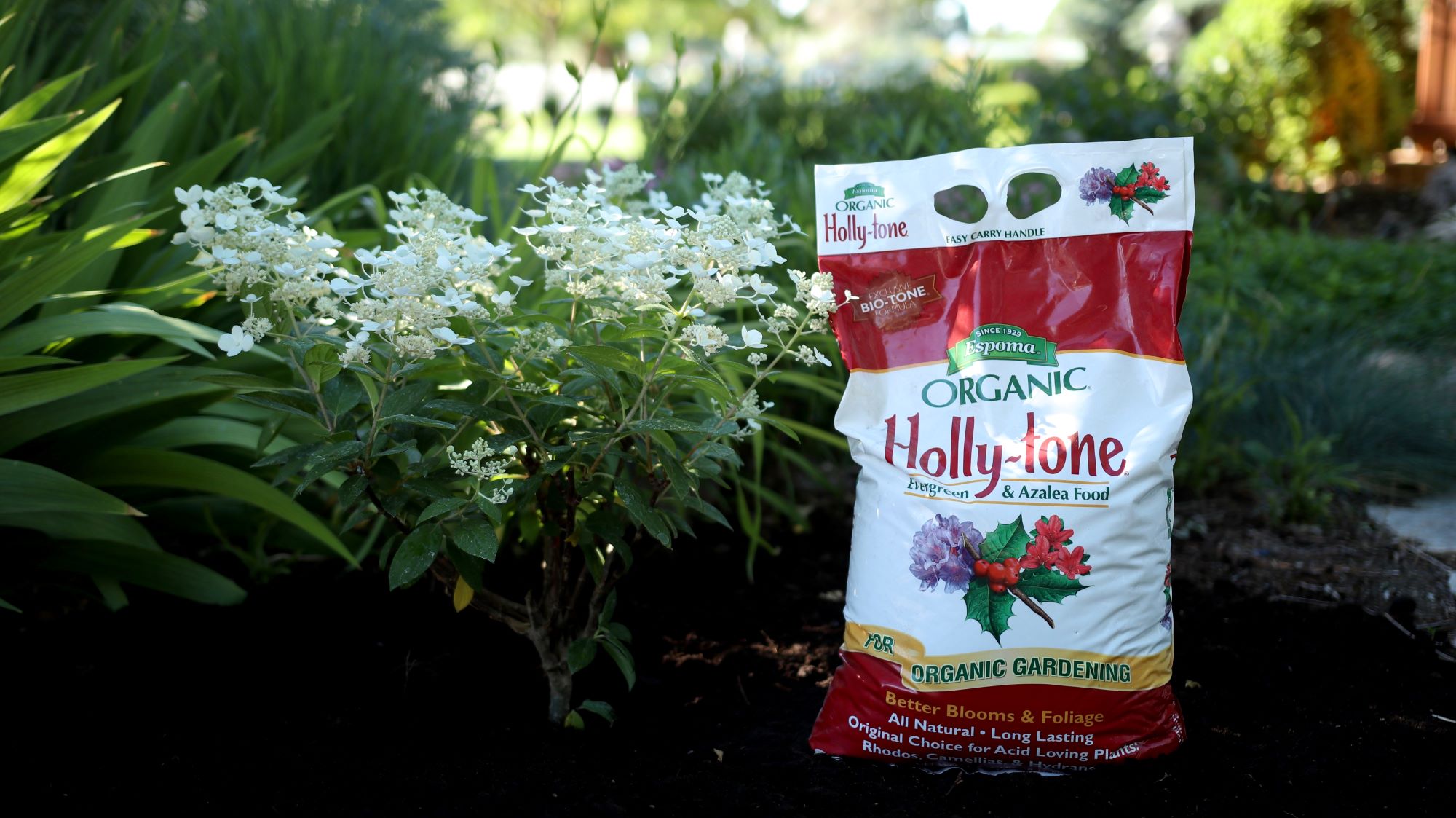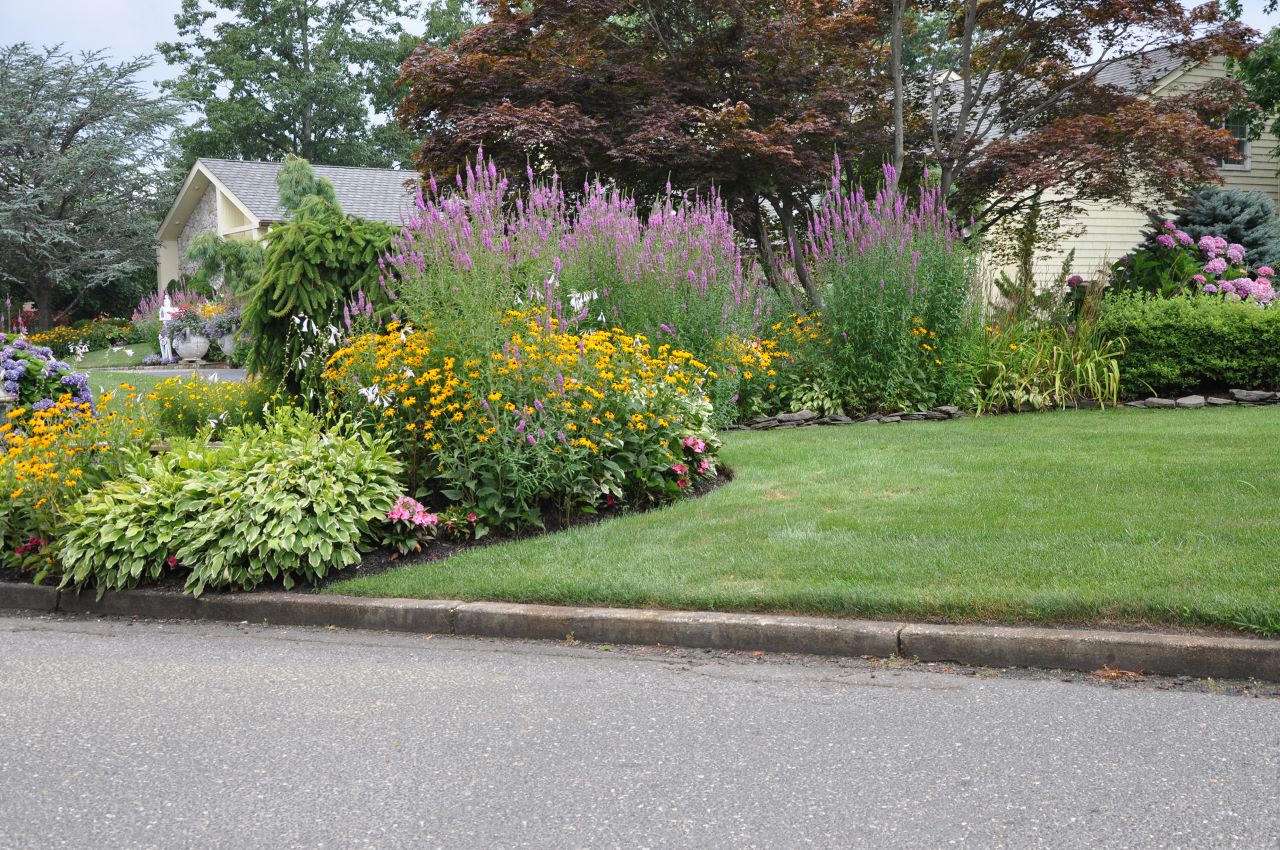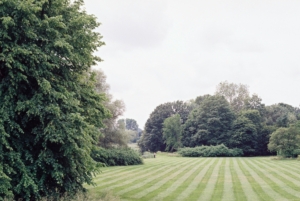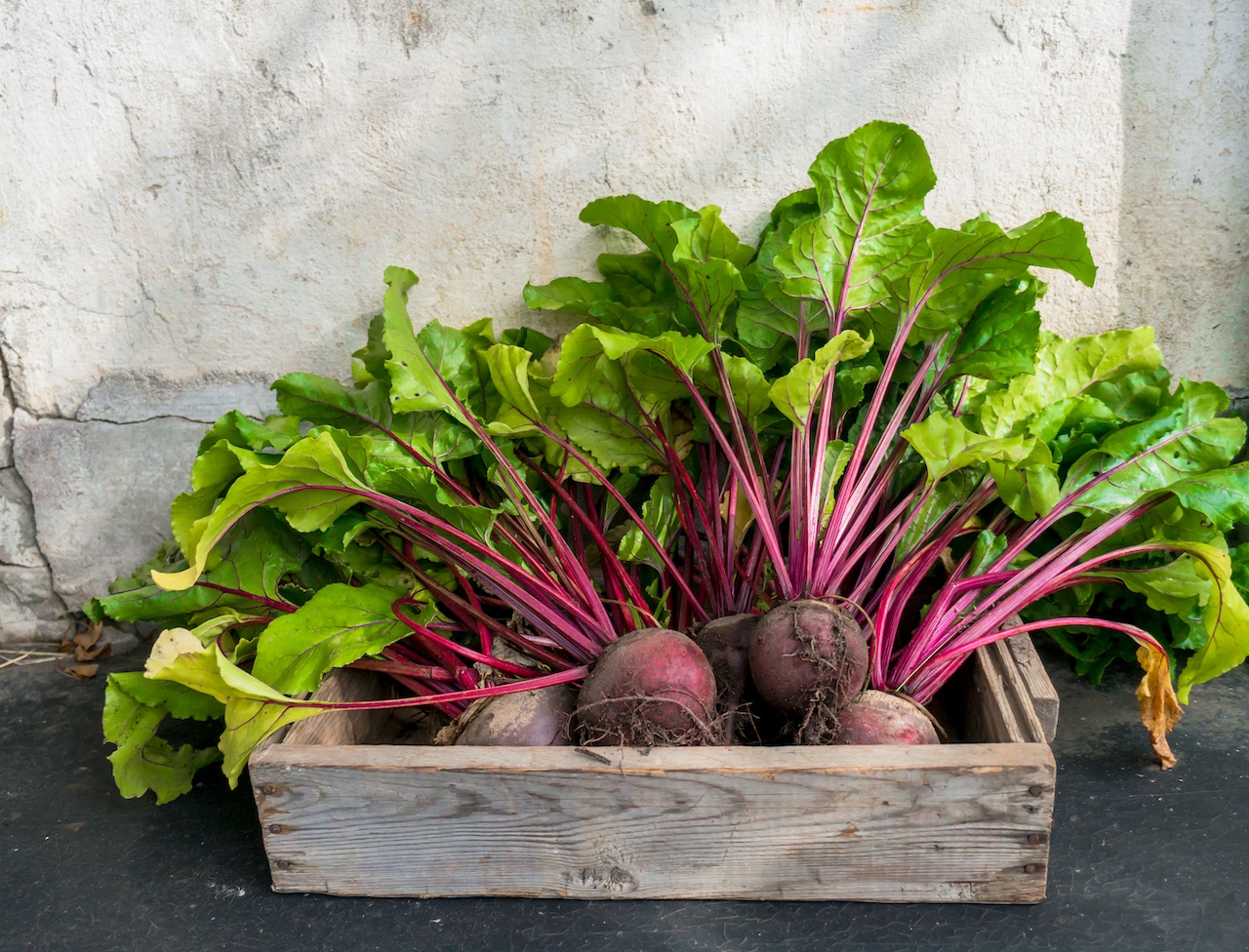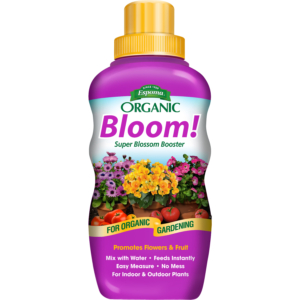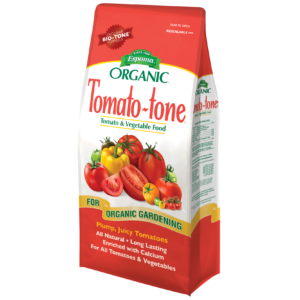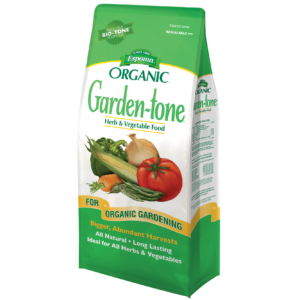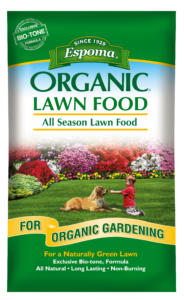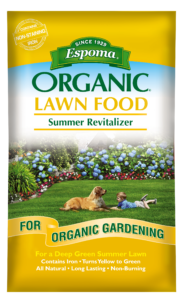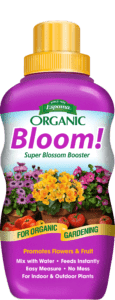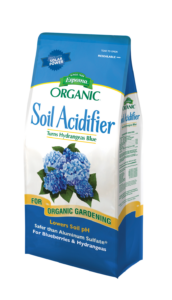Nature Never Goes Out of Style – Transition into a Fall Cutting Garden
Seeing all of your hard work and tiny seedlings bloom into amazing plants full of color is the best part about gardening. It’s easy to bring the essence of the outdoors inside. All you need is a cutting garden.
Choose blooms that will make you happy, even if they don’t look particularly pleasing next to each other in the garden. This is your place to be creative and make amazing floral bouquets to brighten your indoor spaces.
Top Autumn Plants for Cutting Gardens
Autumn brings a change of color. This list shows off vibrant fall plants that will keep your bouquets fresh and on trend.
1. Goldenrod
This filler adds a bright pop of color to any arrangement. The mustard yellow flower can vary from short, packed blooms to long, spacious blooms. Goldenrods require minimal care and can grow almost anywhere.
2. Blue Mist Spirea
A reliable performer, blue mist spireas are the perfect addition to any fall cutting garden. Use individual stems or entire branches of this purple-blue flower. Blue mist spirea will grow about 2’ to 3’ tall and wide with 1” clusters of flowers.
3. Sunflower
Since sunflowers come in a variety of colors, keep autumn tones in mind. Seeds are easily germinated and will bloom within 60 days after germination. Pollen-free sunflowers are best for bouquets.
Where to Start:
1. Choose Your Site
Scope out an open, well-drained, sunny spot for your cutting plants. The size of the space depends on how many plants you want to grow. Don’t think you have space? Plant cutting flowers between your vegetables rows. Or add them to containers on your patio or balcony!
2. Plan Your Plants
Check plant tags to see if your site meets the requirements for sun exposure and growing conditions. Be sure to keep the layout of the garden in mind. Leave spaces between the rows to make cutting and collecting easier. Plants that are the same height work better together— for you and the plant.
3. Prepare the Ground
Make sure your soil is clear of any debris and weeds – you don’t want your flowers competing with anything else. Work in several scoops of Espoma’s Bio-Tone Starter Plus in to the soil, to give your plants a good head start.
4. Planting Your Garden
Planting with seeds or seedlings are both great options for this garden. They are planted an inch into loose soil. Fertilize regularly with Espoma’s Liquid Bloom! Plant Food for the best results. Make sure to water flowers at least weekly.
As your plants start to bloom, keep cutting. The more you cut the more flowers you will get! It’s as easy as that.
Looking for more inspiration? Learn how to plant this easy fall flower container with Laura from Garden Answer.


